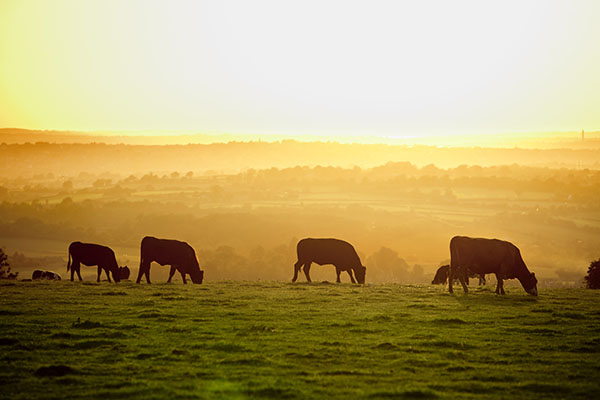Cattle exports from Australia decreased
The limited supply of cattle coupled with rising oil prices, the appreciation of the Australian dollar and increased competition from Indian buffalo producers, have created a challenging market environment for Australian livestock exporters. As a result, the export volumes of cattle and beef from Australia remain significantly lower than last year. Livestock exports reached 78,000 in September, down 28% from the same month last year, according to Meat and Livestock Australia (MLA).

According to MLA forecasts, exports of live cattle are expected to decline by 16% in 2020, mainly due to reduced supplies from northern Australia.
Due to the appreciation of the Australian dollar and high prices for feeder cattle, importers from Southeast Asia have increasingly stopped buying livestock from Australia in recent months. Added to this is the recent rise in oil prices, which directly affects the cost of transporting livestock.
Exports of Australian live feeder cattle to Indonesia totaled 373,000 heads between January and September, down 24% from the same period in 2019.
Exports of cattle to Vietnam increased by 16% between January and September to reach 218,000 head. However, in recent months, supplies have been low, which is typical for this time of year. Ahead of the Vietnamese New Year in February 2021, cattle shipments usually increase as demand is expected to increase during the holiday season. However, given the current high prices for Australian livestock, this could pose problems for Vietnamese importers.
Another important moment for the Indonesian market is the recovery in the export of Indian buffalo meat. The Indian meat processing industry has been hit hard by the spread of COVID-19, but production has now recovered and exports to key markets such as Indonesia, Vietnam and Malaysia have recently skyrocketed. Given the high prices for livestock supplies from Australia, Indian buffalo meat may become a more affordable alternative in the coming months.
Source: meatinfo